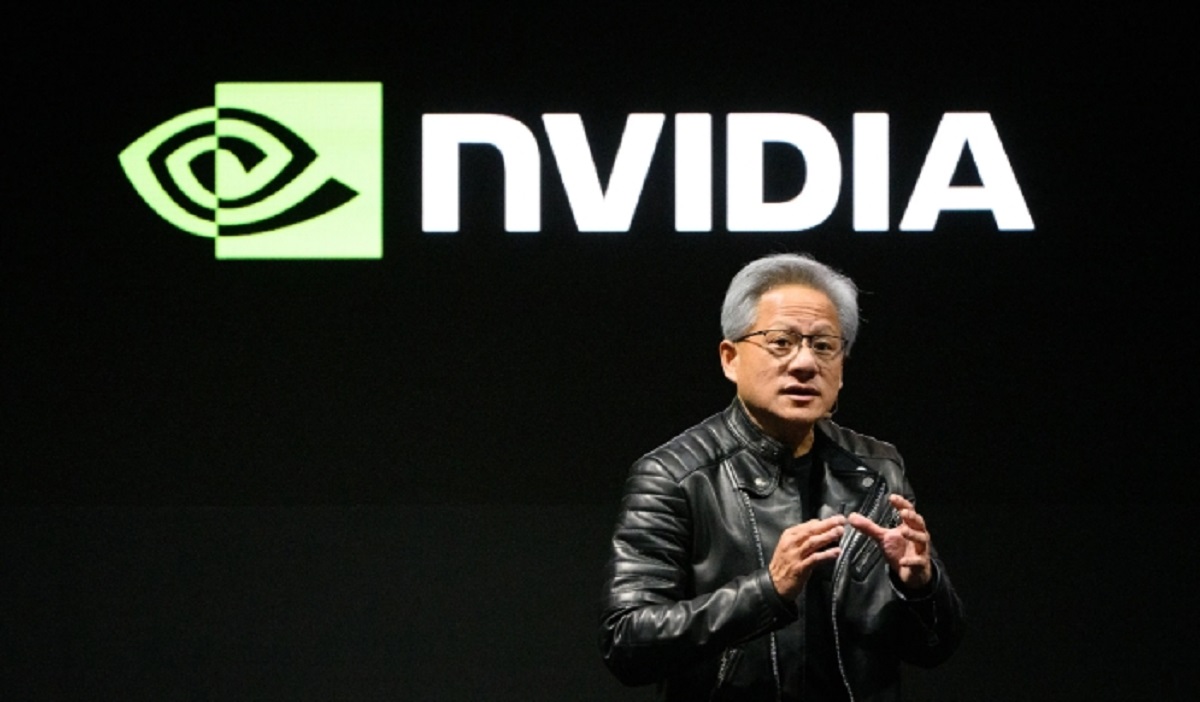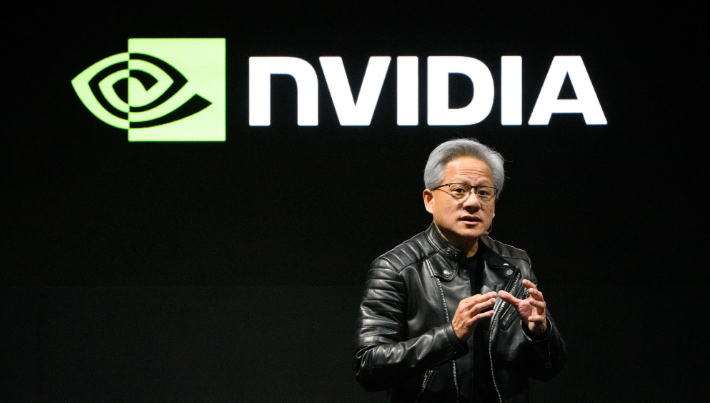Investors' $7T Cash on Hold as NVIDIA Preps for Earnings Amid $15B Potential China Loss
NVIDIA Corporation, a dominant force in the semiconductor industry and a key player in artificial intelligence technology, is set to release its first-quarter earnings report on Wednesday. This highly

NVIDIA Corporation, a dominant force in the semiconductor industry and a key player in artificial intelligence technology, is set to release its first-quarter earnings report on Wednesday.
This highly anticipated event is drawing significant attention from investors and market analysts alike, as NVIDIA’s performance is widely regarded as a bellwether for AI demand and the broader technology sector. With investors sitting on an estimated $7 trillion in cash, the earnings report could serve as a catalyst for a rally in U.S. equities, provided the results meet or exceed expectations. However, nvidia faces headwinds from U.S. export restrictions on China, which have already cost the company billions in lost revenue.

Investor Sentiment and Market Positioning
According to strategists at bbva, institutional investors are positioned conservatively ahead of NVIDIA’s earnings. Hedge funds and mutual funds remain substantially underweight in the U.S. technology sector, while trend-following Commodity Trading Advisors (CTAs) maintain a neutral stance on the broader stock market.
Additionally, volatility control funds have significant room to increase their risk exposure. This “undemanding” positioning suggests that a positive earnings surprise from NVIDIA could prompt a surge in buying activity, as investors deploy their substantial cash reserves into equities.
The S&P 500 index, which has rallied since its April low on hopes of easing trade tensions, recently faltered due to concerns over the U.S. fiscal deficit and renewed tariff disputes. In this volatile environment, NVIDIA’s earnings report takes on added importance. As a $3.2 trillion company and a cornerstone of the tech sector, NVIDIA’s performance could influence the direction of the broader market.
NVIDIA’s stock has rebounded approximately 40% over the past seven weeks, yet it remains about 14% below its January record high. Currently trading at a price-to-earnings ratio of 28, the stock is valued well below its five-year average P/E of 40. This relatively attractive valuation could provide a buffer if the earnings report disappoints, but strategists warn that the stock’s recent rally has pushed it near overbought territory. This technical backdrop may make it challenging for NVIDIA to sustain upward momentum unless the earnings report delivers a significant positive surprise.
Retail investors, who have been consistent buyers of U.S. stocks throughout the year, briefly reduced their demand but regained confidence following Moody’s Ratings’ debt downgrade, which revived dip-buying activity.
Earnings Expectations Amid U.S.-China Tensions
Analysts expect NVIDIA to report a robust 66.2% year-over-year increase in first-quarter revenue, reaching $43.28 billion, according to LSEG data. However, the company’s ability to meet these expectations is clouded by U.S. export restrictions on its H20 chip, which was specifically designed for the Chinese market. The Trump administration’s curbs, aimed at limiting Beijing’s access to advanced technology, have already cost NVIDIA $5.5 billion in charges, with CEO Jensen Huang stating that the company walked away from $15 billion in potential sales in China.
China, which accounted for 13% of NVIDIA’s revenue last year, represents a critical market for the company. The H20 chip was the only AI chip NVIDIA was permitted to sell in the region, and the export limits have significantly disrupted its business. Wedbush analysts estimate that the restrictions impacted the final three weeks of the April quarter, costing NVIDIA approximately $1 billion in sales. For the remainder of the year, the quarterly revenue loss could range from $3 billion to $4.5 billion, according to estimates from Wedbush and Susquehanna, respectively.
In addition to revenue headwinds, NVIDIA’s adjusted gross margin is expected to decline by more than 11 percentage points to 67.7%, partly due to write-downs related to H20 shipments. Huang has been vocal about the ineffectiveness of the U.S. curbs, calling them “a failure” and noting that they have only accelerated the development of domestic alternatives by Chinese competitors like Huawei.
While the loss of the Chinese market poses a significant challenge, NVIDIA is exploring new growth avenues. Recent regulatory easing by the U.S. government could open up opportunities in regions like the Middle East. As part of trade agreements with Gulf countries, NVIDIA has announced plans to sell hundreds of thousands of AI chips to Saudi Arabia, including 18,000 of its cutting-edge “Blackwell” chips to a startup backed by the country’s sovereign wealth fund. Although the near-term revenue impact from this region is expected to be modest, it represents a strategic foothold in a potentially lucrative market.
Despite concerns over the sustainability of AI infrastructure investments, major cloud providers such as Alphabet’s Google have reaffirmed their commitment to continued spending on AI technologies. This pledge has bolstered investor confidence in NVIDIA’s long-term prospects, as the company remains a leading supplier of AI chips. However, the days of NVIDIA consistently delivering blowout earnings surprises may be behind it. In its most recent fiscal year, the company beat Wall Street’s quarterly revenue estimates by an average of 4.9%, a marked decline from the 12.5% average beat in the prior fiscal year.
Ivana Delevska, chief investment officer of Spear Invest, which holds NVIDIA shares in an actively managed ETF, noted that investor expectations are tempered heading into the earnings report. This cautious optimism suggests that while the market is not anticipating a major disappointment, it may also not be positioned for a significant upside surprise.
Conclusion: A Pivotal Moment for NVIDIA and the Market
NVIDIA’s first-quarter earnings report is shaping up to be a critical event for both the company and the broader U.S. equity market. With $7 trillion in cash on the sidelines and institutional investors positioned conservatively, a strong earnings beat could trigger a rally in tech stocks and beyond. However, the substantial revenue losses from U.S. export curbs on China present a formidable challenge, and the company’s ability to offset these losses will be closely scrutinized.
As NVIDIA navigates this complex landscape, its success in expanding into new markets like the Middle East and maintaining its leadership in AI technology will be key determinants of its future performance. For now, all eyes are on Wednesday’s earnings release, which will provide valuable insights into the health of the tech sector and the ongoing demand for AI-driven innovation.
Disclaimer: The views in this article are from the original Creator and do not represent the views or position of Hawk Insight. The content of the article is for reference, communication and learning only, and does not constitute investment advice. If it involves copyright issues, please contact us for deletion.